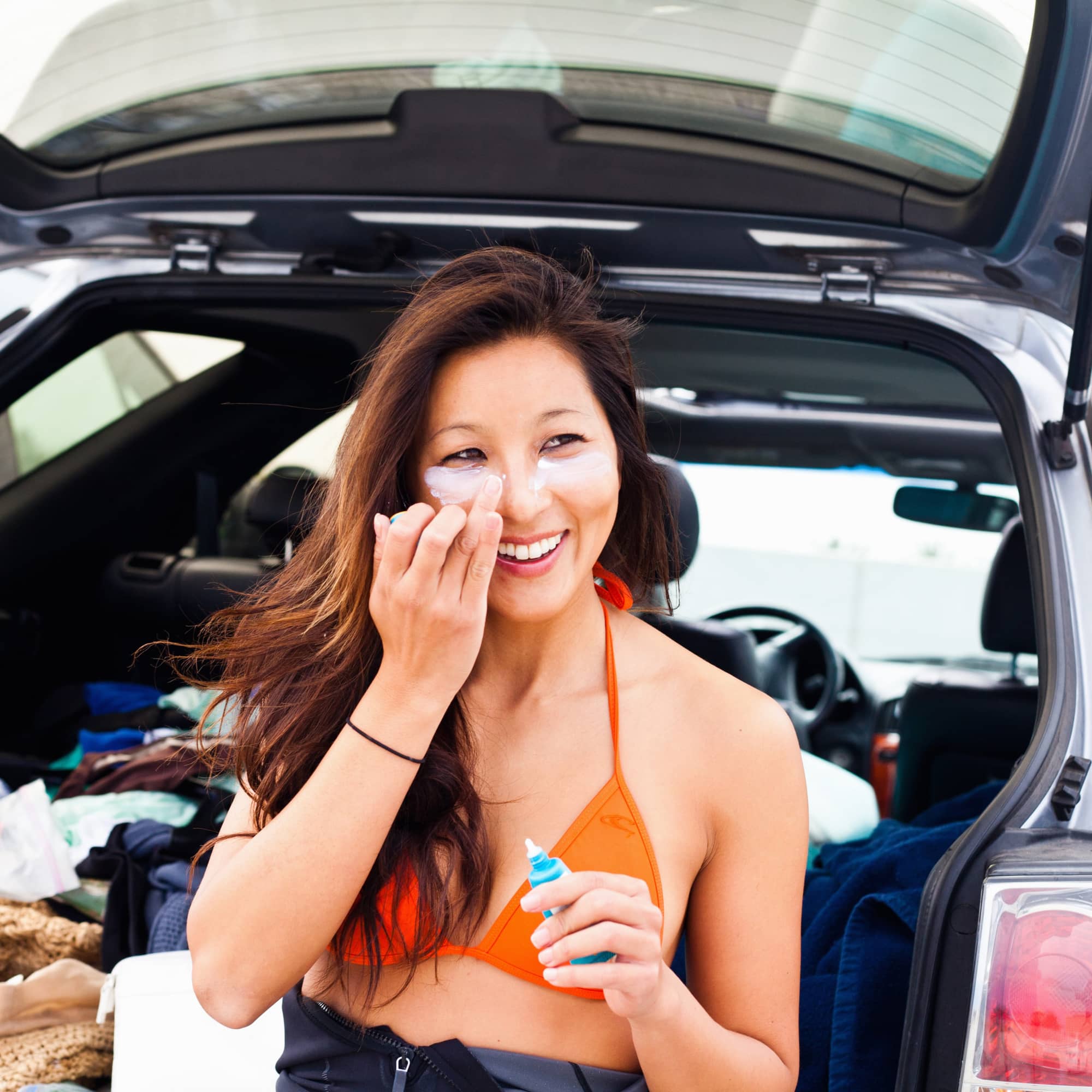
- POPSUGAR Australia
- Beauty
- Everything You Should Know About Chemical Peels – Starting With What They Even Are
Everything You Should Know About Chemical Peels – Starting With What They Even Are

When it comes to popular skin-care procedures, chemical peels are probably some of the most misunderstood of the bunch. Thanks to a certain episode of Sex and the City, the thought of getting one sounds a lot scarier to many than it actually is, but the truth is that they’re very safe to get when done by a professional, and they boast a ton of skin-care benefits.
In case you’re curious about what a chemical peel is and why it serves as a great facial treatment from time to time, we’re here to break it down for you – with help from a couple of experts, of course.
What Is a Chemical Peel?
According to dermatologist Azza Halim MD, a chemical peel is “a formulation of various chemicals that are intended to help remove the top layer of the skin to reveal healthier skin.” They can usually help minimize dullness, pores, the appearance of fine lines, scars, and hyperpigmentation, and they’re typically safest when performed by a dermatologist or aesthetician.
There are also several different types of chemical peels, and each one can address various skin concerns. “Glycolic acid peels are great for exfoliating as they penetrate deep into the skin,” Dr. Halim said. “Lactic acid peels are derived from milk and gentle for sensitive skin as well as moisturizing for dry skin. We also have salicylic acid peels, TCA peels, retinol peels, and so much more, and each can be used alone or combined depending on the skin’s needs.”
Who Can Get a Chemical Peel?
Chemical peels are typically customized according to your skin type and its needs, but generally speaking, you can get a chemical peel if you’re experiencing any of the aforementioned skin concerns.
“These are great for anyone that desires more rejuvenated skin, as well as to treat various conditions such as acne and acne scars, hyperpigmentation, sunspots, pores, fine lines, aging skin, uneven skin tone, texture, as well as balancing oil secretion,” Dr. Halim said. “I always recommend to my patients to get peels in between laser treatments to maintain and prolong the results of their lasers as well as for skin health.”
What Should I Do Before My Chemical Peel?
If you’ve made a chemical peel appointment with a dermatologist or aesthetician, the first thing you should do is discontinue your use of retinol, acne treatments, and prescription topicals for at least seven days before the treatment. “Stay away from irritating products because you don’t want to aggravate your skin further,” dermatologist Marnie Nussbaum, MD, previously told POPSUGAR.
You should also head to your appointment with clean skin that’s free of makeup. “We don’t want sebum or oil to prevent the peel from penetrating the skin,” Dr. Nussbaum said.
What Should I Do After My Chemical Peel?
The best thing you can do for your skin after getting a chemical peel is making sure you’re keeping it hydrated and wearing sunscreen. “You don’t want to cause burning or hyperpigmentation, so sunscreen is important,” Dr. Nussbaum said. You should also stay away from harsh and abrasive products that might irritate the skin further.



